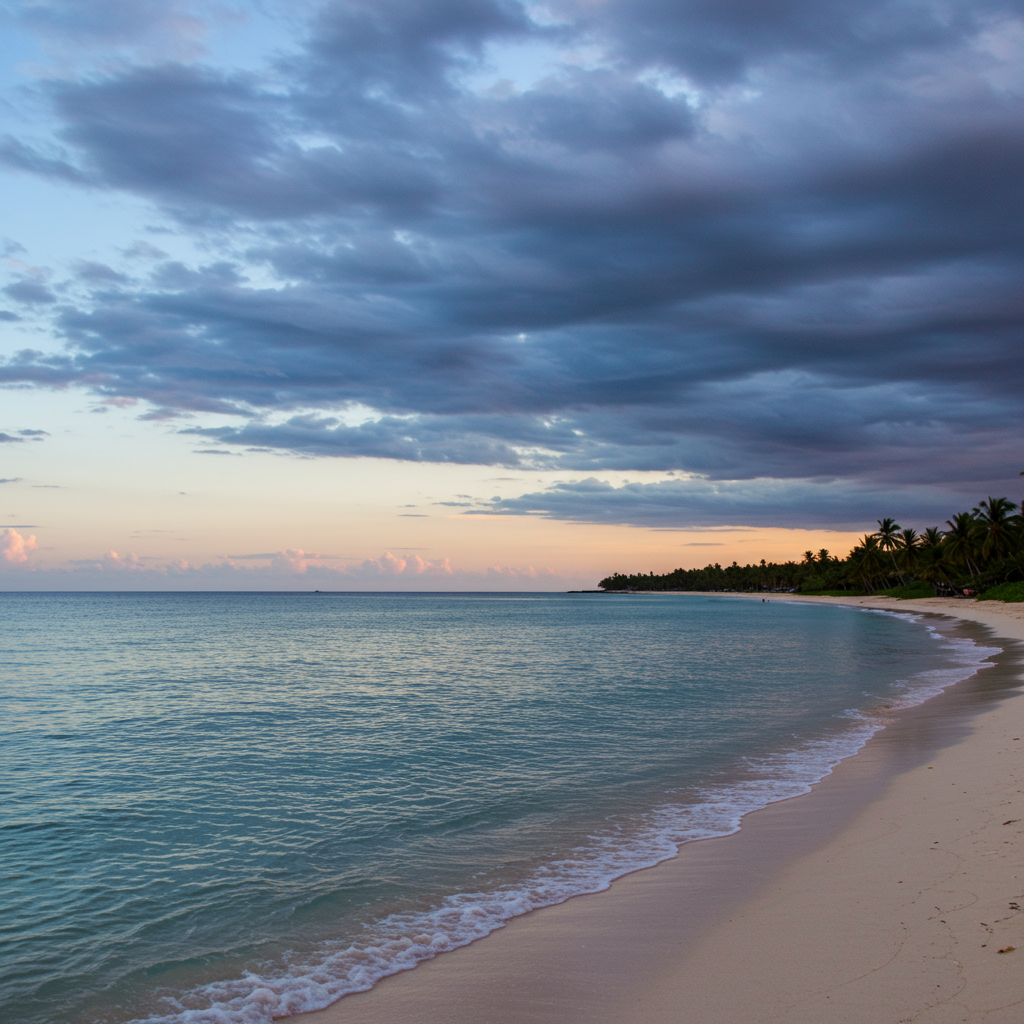Understanding the Predictions
The Atlantic Hurricane Season, running from June 1st to November 30th, is a critical period for coastal and inland communities across the U.S. Leading forecasting institutions, such as NOAA and Colorado State University (CSU), provide vital outlooks to help us prepare. This page visualizes their current predictions and key factors, offering a clear snapshot of what to expect for the 2025 season.
Explore the charts below to see the consensus on named storms, hurricanes, and major hurricanes, as well as the probabilities of major hurricane landfalls.
2025 Atlantic Hurricane Season Forecast Comparison
This chart compares the latest June 2025 forecasts from NOAA and Colorado State University (CSU) against the 1991-2020 averages for named storms, hurricanes, and major hurricanes. Hover over the bars to see specific numbers.
Major Hurricane Landfall Probabilities (CSU Forecast)
While no forecast can predict exact landfalls, CSU provides probabilities for at least one major hurricane (Category 3-5) making landfall along different U.S. coastlines and the Caribbean. Compare the likelihood across regions.
Driving Factors for an Active Season
🌊 Warm Atlantic Sea Surface Temperatures (SSTs)
Higher-than-average SSTs in the tropical North Atlantic and Caribbean provide abundant fuel for storms, enabling them to form and intensify more rapidly. This warmth creates a more unstable atmosphere, favorable for cyclone development.
⚖️ ENSO-Neutral Conditions
With neither an El Niño nor a La Niña pattern expected to dominate, the influence of disruptive wind shear from the Pacific is minimized. This allows developing Atlantic storms to strengthen without being torn apart.
💨 Reduced Vertical Wind Shear
In line with warm Atlantic SSTs and ENSO-neutrality, lower vertical wind shear across the main development region is predicted. This atmospheric condition is crucial for hurricanes to maintain their structure and grow in intensity.
🌪️ Active African Easterly Waves
The West African Monsoon is anticipated to produce more robust African Easterly Waves. These “seeds” are often the origin of many powerful and long-lived Atlantic tropical cyclones, contributing to overall season activity.


